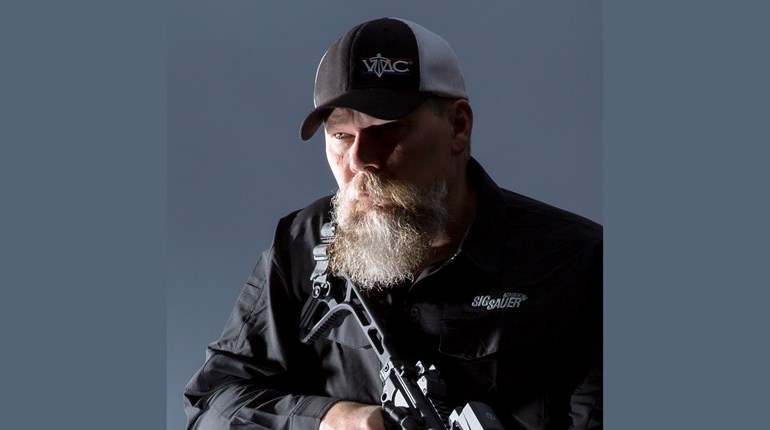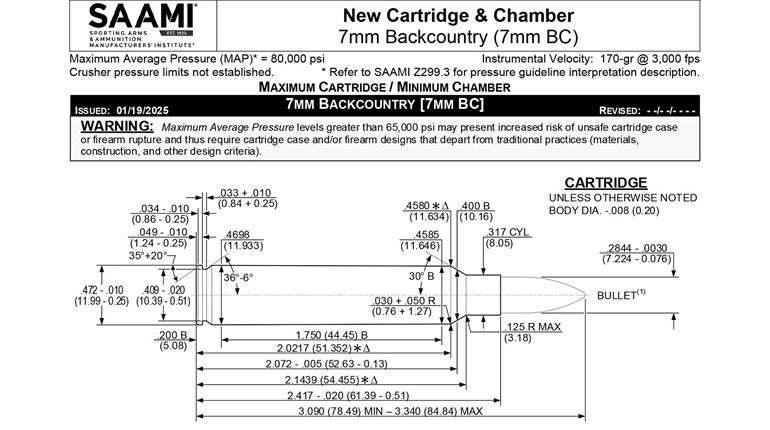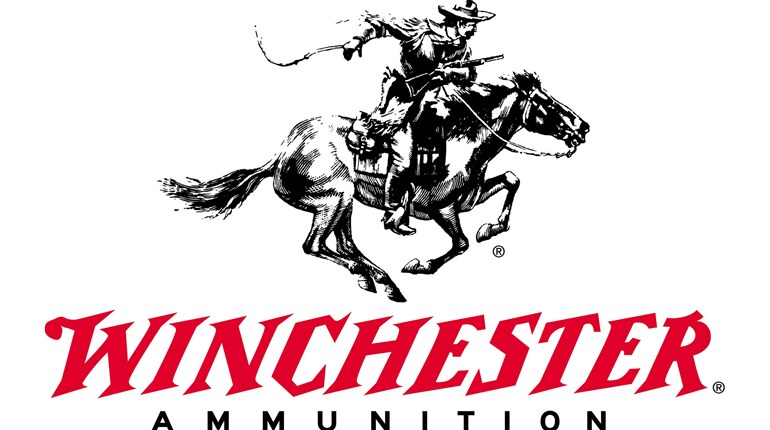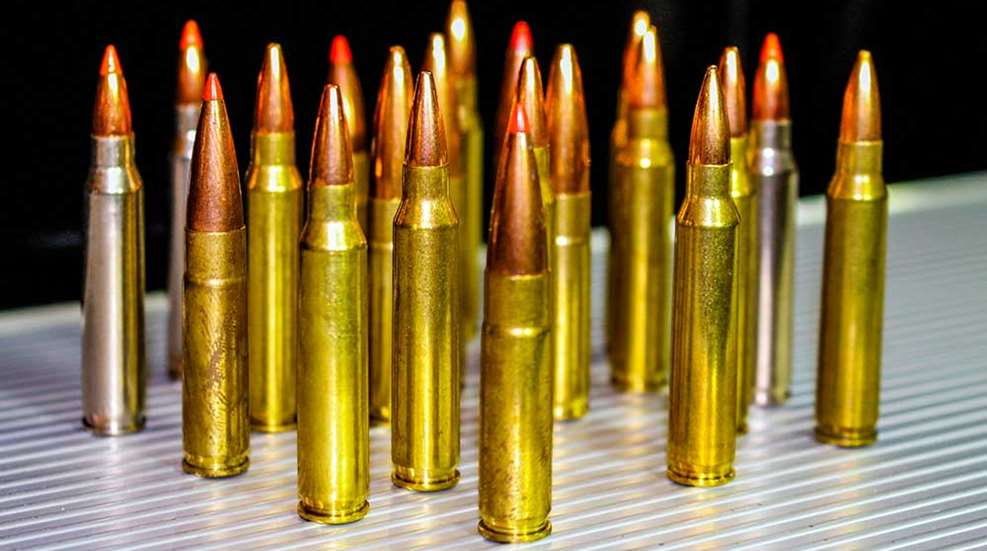
Cartridges for the AR-15 are as varied as the rifles themselves; some are classics, some are new twists on an older design. The original and most popular incarnation – built around the 5.56 NATO/.223 Rem. – remains at the top of the heap but the pesky .300 BLK has garnered quite a bit of attention. The two seem to have rival fanbases, and the applications for both cartridges are quite different. To better understand the differences between 5.56 NATO/.223 Rem. vs. .300 BLK, a bit of history is warranted.
The 5.56 NATO/.223 Rem. hearkens back to the U.S. Army’s search for a lighter cartridge for the combat rifle in the 1950s. The .30-’06 Springfield had been phased out in favor of the smaller-cased .308 Win./7.62 NATO, yet the Army was not yet satisfied. Experimentation began with the .222 Rem., elongating the case into what became the .222 Rem. Mag.
The Army’s parameters were a .22-caliber cartridge that would remain supersonic out to 500 yards, and it was Robert Hutton of Guns & Ammo magazine, in conjunction with Eugene Stoner, who offered up the final design; the 5.56 NATO was born. Driving a 55-grain bullet at 3,250 fps, the cartridge passed all the Army’s penetration tests with flying colors. Accuracy tests in the soldiers’ hands showed an improvement in hits over the M14, and the AR-15/5.56 NATO combination was adopted. Remington introduced a commercial variant to the hunting world in 1962 as the .223 Rem., and it was an immediate success.
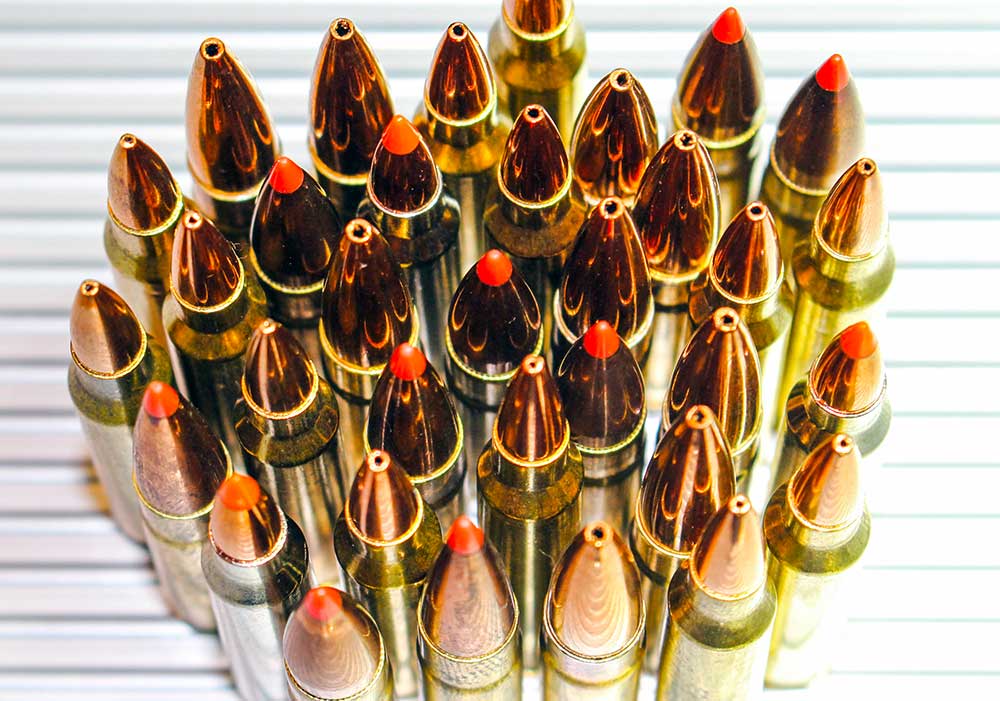
The .300 BLK came along much later and was designed to fulfill an entirely different role. Certain missions required a subsonic cartridge at short ranges with more horsepower than the 9 mm could offer in a carbine. J.D. Jones’ .300 Whisper – a .30-caliber cartridge based on the .221 Fireball cartridge – was designed to give both subsonic performance with heavy .30-caliber bullets (220 to 240 grains), yet mimic the muzzle velocities of the 7.62x39 mm cartridge with the 125- and 130-grain projectiles.
While Jones’ Whisper is nearly identical to our SAAMI-approved .300 BLK, the Whisper remains a wildcat and the version developed by Advanced Armament Corp, the .300 BLK, has become the accepted variety. It does exactly what it was designed to do and does it well. It will run trouble-free in a standard AR-15 magazine—something the 7.62x39 mm cartridge will not do, due to feeding issues—and has shown to be plenty accurate enough for all of its intended purposes.
As a hunting cartridge, the .300 BLK compares with the power level of the .30-30 Win. with lighter bullets. It's not exactly what you’d call a powerhouse, but it is perfectly effective for deer and deer-sized game within 100 or 150 yards. It’ll push a 125-grain slug to 2,225 fps, and the 220-grain runs at a subsonic 1,010 fps. Couple the heavier load with a suppressor, and the loudest thing about the shot will be the clank of the action.
So, when it comes down to 5.56 NATO/.223 Rem. vs. .300 BLK, if you needed to make a choice between the two, which would better suit your needs? Well, that’s going to depend on what your objective is. It’s quite evident that the sheer amount of ammunition available for the 5.56 NATO/.223 Rem. makes a strong case for that cartridge. If you get the right twist rate, say 1:8-inch, you can take full advantage of the heavy-for-caliber bullets with the better ballistic-coefficient figures for good long-range target work. The lighter bullets—between 40 and 55 grains—will readily handle closer targets and varmints/predators. For routine training, the surplus ammunition makes a great value, allowing shooters to maintain their accuracy skills without breaking the bank.
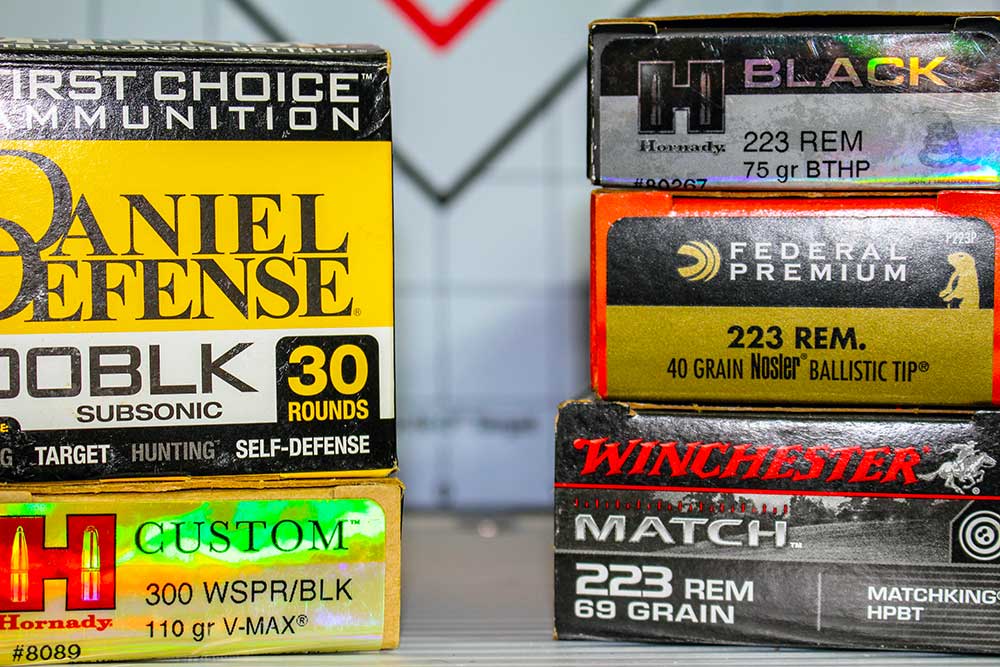
The .300 BLK, on the other hand, offers a performance level that the .223 Rem. just cannot attain. Many people feel the .22-caliber centerfire bullets are a bit light for deer, and I can agree that the .300 BLK, with a good hunting bullet, will make a better hunting choice. Should you prefer the capability to deliver a subsonic bullet accurately with enough oomph to neutralize a threat inside of a home, the .300 BLK may just be your baby. It really is two different rifles in one, giving both the subsonic and supersonic experience in the same platform.
One caveat, though. Having such similar case dimensions, certain .300 BLK cartridges—loaded with the sleek spitzer-style bullets—will actually chamber in the 5.56 NATO/.223 Rem. rifles. The tragedy resulting from pulling the trigger is something no one should experience, so please keep your ammunition well separated, should you own both.
So which is it? Personally, in the battle of 5.56 NATO/.223 Rem. vs. .300 BLK, I feel the answer is both. The two cartridges offer such different shooting experiences that I could make a justified case (especially when it comes to the wife) for owning a rifle chambered in each cartridge. Try them both out, and see which you like best. Odds are you’ll end up with two rifles.












